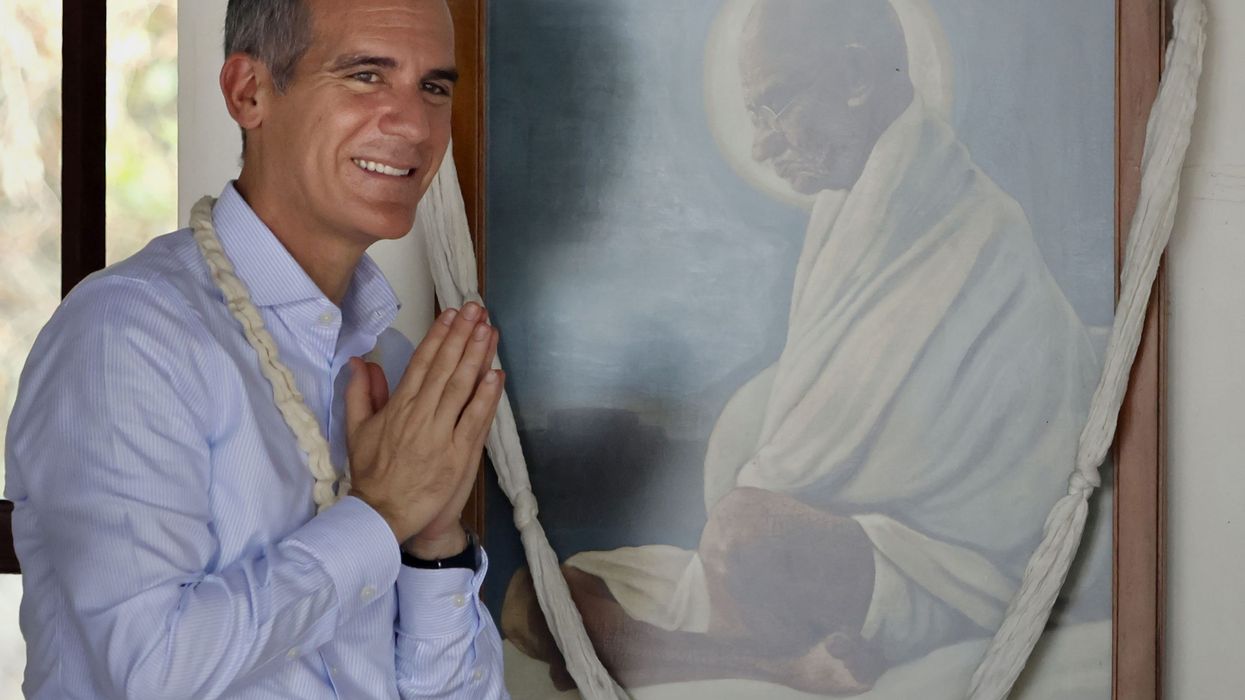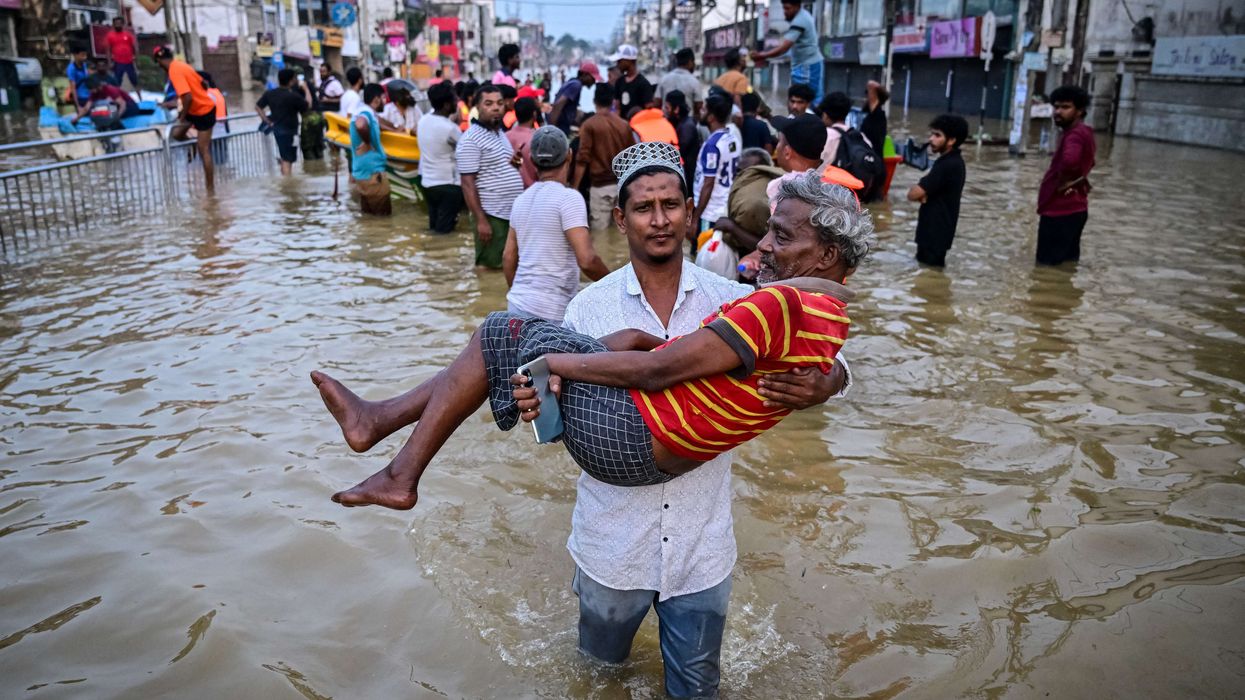THE RELATIONSHIP between India and the United States is based on a common desire to have a strong and peaceful Indo-Pacific region, US Ambassador to India Eric Garcetti said on Monday (15).
He asserted that the two countries are an important part of a mutual strategy to protect the Indo-Pacific region and keep people safe.
Garcetti also said Washington and New Delhi will deepen defence ties and work together in sectors like space and technology.
He told reporters at the Sabarmati Ashram in Ahmedabad during his maiden visit to Gujarat that the place is important not just for Indian history but for the history of humanity.
"Our relationship is...based on a common desire to have stronger economies and a peaceful, prosperous Indo-Pacific region. Wherever that is challenged, we stand together," Garcetti said.
"We want to see stability in the neighbourhood: that's important for India. But we also want to stand for the values that I think the Indo-Pacific region is strengthened by - freedom of movement and commerce, making sure we have a rule of law and people play by the same rules," he said.
Garcetti was responding to a question on China signalling backing the military establishment in Pakistan amid turmoil in the neighbouring country and the US investment in defence and space sectors in India.
He said India and the US will continue to stand together for their respect for sovereignty and borders. "We want to see technology as a positive thing in people's lives," he said while citing the way electronic payments helped empower Indian people from the bottom-up.
"We don't see technology as being used against people from top down. I think there is a contrast where India and the US stand with other countries. But it is never about a third country. It is about us, and I would continue to emphasise this," he said.
On the backlog of visas for Indian students seeking to study in the US, Garcetti said efforts are being made to reduce the wait time and the US embassy will be able to process them and get to even higher numbers than last year.
"My goal as an ambassador is to think of five years and 20 years from now. The president of the United States is very focussed on this too. He told me he wants us to focus on reducing visa wait times for not just students, but for first-time visitors and others."
Garcetti said in the last three months, the wait time has been brought down by 60 per cent from where it was in December and it would be reduced further.
"Indian students are so great for America… Look at the number of Indian-born CEOs of great companies based in America. It is good for the American economy, it's great for the Indian economy, and it's just good for civilisation too," he said.
He said the Sabarmati Ashram stands as an enduring symbol of Mahatma Gandhi’s message of non-violence and the foundation of India’s democracy.
Sharing his connection with India, Garcetti said he first came to the country when he was 14 years old. As a university student at 19, he started studying the teachings and writings of Gandhi "and saw its potential to not only transform the world, but to inspire and touch our hearts."
"And today, while so much has changed since I was 19 years' old, one thing that has not changed is the sense of connection I feel, not only to this place now and to the man who lived here with his family, but to the aspirations of the Indian people and the universal aspirations of all of us to live freely and to recognise the work of every human being," he said.
He said this is an amazing moment in the US and India relations, a moment in which the two countries need to raise their ambitions.
Garcetti said when he first came to India, the trade between India and the US was just $2 billion.
"Today, it is over $100 bn and it (US) is the number one trading partner with India."
(PTI)













